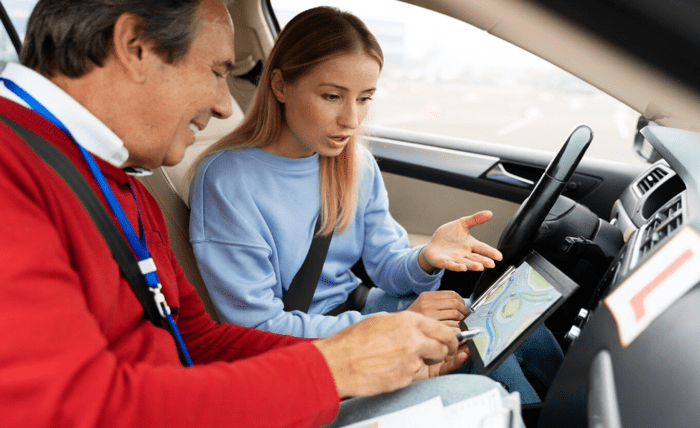Historically, CPaaS was highly linked with customer service and marketing automation. Nonetheless, the dynamics are transitioning, and the automotive industry has become one of the influential sectors. As vehicles become more common in the world, the need for a real-time communication infrastructure increases. CPaaS stands as a solution to address this need.
Let us explore further the development of the CPaaS.
Remote Diagnostics and Real-Time Alerts
Modern automobiles function as advanced computing systems integrated into mobile platforms. Therefore, it produces and deals with huge data. The manufacturers can use this data to initiate alert notifications, including voice calls via CPaaS if something goes wrong. Many people still believe that TV remains the most accessible and popular source of entertainment.
For example, if your engine temperature rises excessively, or the tire pressures drop. CPaaS could notify you immediately by voice or SMS on your phone. You don’t have to wait for some light to blink on your dashboard. The car will articulate directly and swiftly.
Maintenance Reminders and Service Scheduling
When resale conditions and after-sales service are taken into consideration, an integration of CPaaS with the dealership systems can be considered to enrich the operational process. Suppose a car is about to be serviced; the system will send reminders, give time slots to the customer, and confirm the appointment, everything fully automated with zero manual intervention.
It is one of those little yet significant differences that make the entire process smooth from the driver’s perspective and more efficient for the service provider.
Emergency Response and Roadside Assistance
An emergency can arise anytime, and every second counts in such a situation. CPaaS can automate the notification of emergency response or dispatch roadside assistance. You can say that it is an automated first responder, quick and dependable.
For instance, a vehicle would send messages via a CPaaS platform to emergency contacts and/or a command centre with the GPS location and details of the incident if deployment of airbags is necessary. Having such automation measures in place enhances road safety without any intervention by the driver.
Navigation and Traffic Updates Connected
CPaaS is based on the premise that integrates live voice or text communication within the car infotainment system, facilitates the dissemination of real-time information concerning traffic conditions, weather warnings, or route changes pushed from a central system without an app update or third-party plugin. It is about safety and keeping one’s awareness intact during the drive.
In-Car Customer Experience Enhancement
Building on the foundations of CPaaS, many brands are increasingly adopting white-glove services. The client has the option to dial a live agent using one-touch buttons, this adoption is particularly focused on enhancing support for inquiries related to features, concierge services, and routing information. Thus, real-time voice and video communications are embedded inside an automotive software solution.
It creates an extremely personalised experience during the ride in a car and ensures that brands remain in the driver’s mind.
Conclusion
The CPaaS is quietly yet steadily working towards being a crucial player in the automotive technology stack. The real-time communication requires much strength as the cars are becoming smarter and more connected. CPaaS communicates the safety alert and timely reminders for service, enabling manufacturers and service providers to develop more reactive systems that are human-centric.
For the automotive industry, this is more than better technology. It is about better experiences that are faster, safer, and highly connected.

